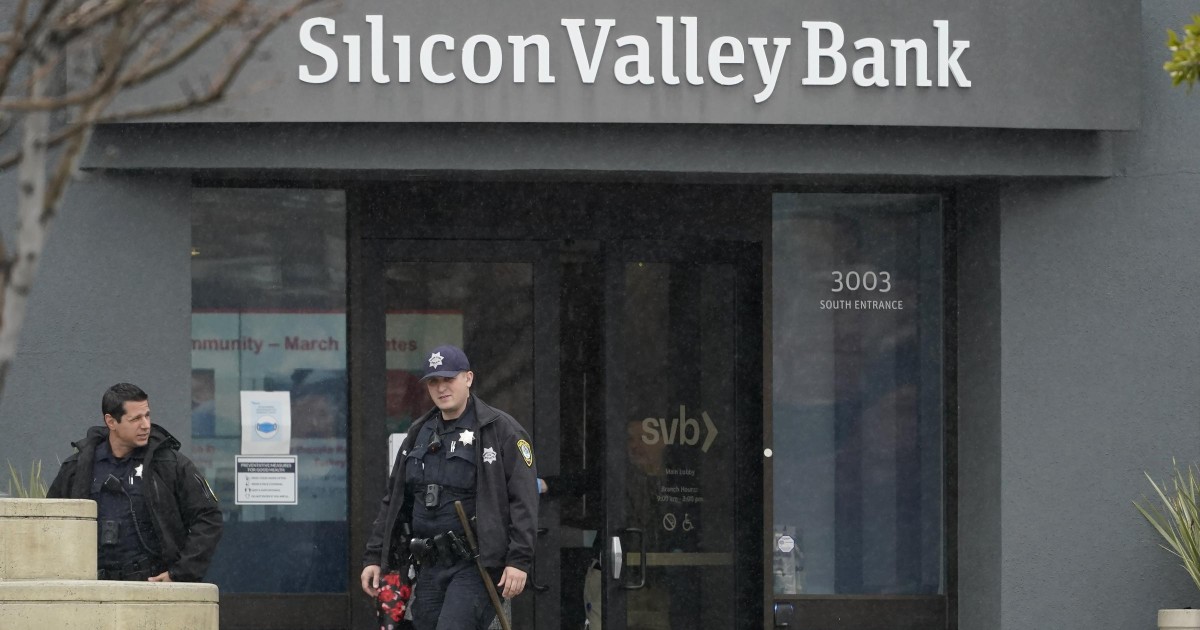The spectacular failure of the Silicon Valley Bank (Svb), the High Tech industry’s reference lender, looks like something out of a manual business school about what a bank should never do. Ignoring the existing loopholes in the control system of the bank liquidity, one wonders how it is possible to perform the function of collection and use of the savings so wickedly. Yet this is precisely the adjective that best describes the mode of operation of the SVB, the fourth American bank and the second in terms of size ($209 billion assets) to fail after Washington Mutual in 2008.
The story of Silicon Valley Bank begins during the pandemic, when the High Tech sector begins to gravitate and with it customer deposits. In March 2021 the bank’s total deposits increased from $62 billion a year earlier to 124 billion dollars. A 100 percent increase that far exceeded JPMorgan Chase & Co.’s 24 percent or First Republic Bank’s 36.5 percent, another California institution. But that’s not enough, most of the individual deposits far exceeded the threshold of $ 250 thousand amount covered by the guarantee of the Fdic, the Federal Deposit Insurance Corporation: in December 2022 more than 93 percent of the bank’s deposits were not insured. Why is this value important? Because it is a speed indicator with which customers will withdraw their money if things go hand.
And things have really gone wrong for the California bank. Svb has invested a large part of the cash deposits in bonds American treasure long-term, without anticipating that the Federal Reserve would respond to the surge in post-pandemic inflation by raising interest rates – if the rates increase, the value of the securities falls and it is understandable why since the old securities have lower yields than the new ones. It is striking that the bank didn’t run for cover nine months ago, even six months ago when it was clear interest rates were headed higher, at which point they would have sold the bonds at a loss, but probably it would not have failed. And instead he continued to believe that inflation was a passing phenomenon and that rates would go down again. But this did not happen.
This week, faced with cash shortages and massive portfolio losses, Silicon Valley Bank had to make a move choice: sell the securities on the market at a loss and in doing so alert customers or accept the downgrading of the agencies rating, a phenomenon which would in turn have alerted customers. He chose the first option by selling the shares and announcing a deal for $2.25 billion in securities, in other words an attempted sale of the bank. But the maneuver didn’t work. Investment funds and hedge funds interested have decided to abandon the negotiations when the bleeding of the deposits started. That liquidity that arrived in rain in 2020-2021 quickly dried up – 42 billion dollars, a quarter of deposits, withdrawn in 24 hours – and thus the doors to bankruptcy opened.
The fear now is of contagion and that is that customers start withdrawing the cash, not so much because the big banks had interests in Svb, but because they all have large portfolios of securities whose value continues to fall creating losses on their balance sheets and they all own a considerable number of excess deposits of the $250,000 guaranteed. It is too early to tell if the Silicon Valley Bank is the canary in the mine, but it is good to reflect on the behavior of the banks following decades of falling or zero interest rates. Governments and credit institutions lived in symbiosis until a few months ago. The former placed government bonds on the market to finance the public debt and the latter subscribed to them, in exchange the central bank kept rates at low levels, never seen in the history of the economy. Inflation has upset all these balances.
